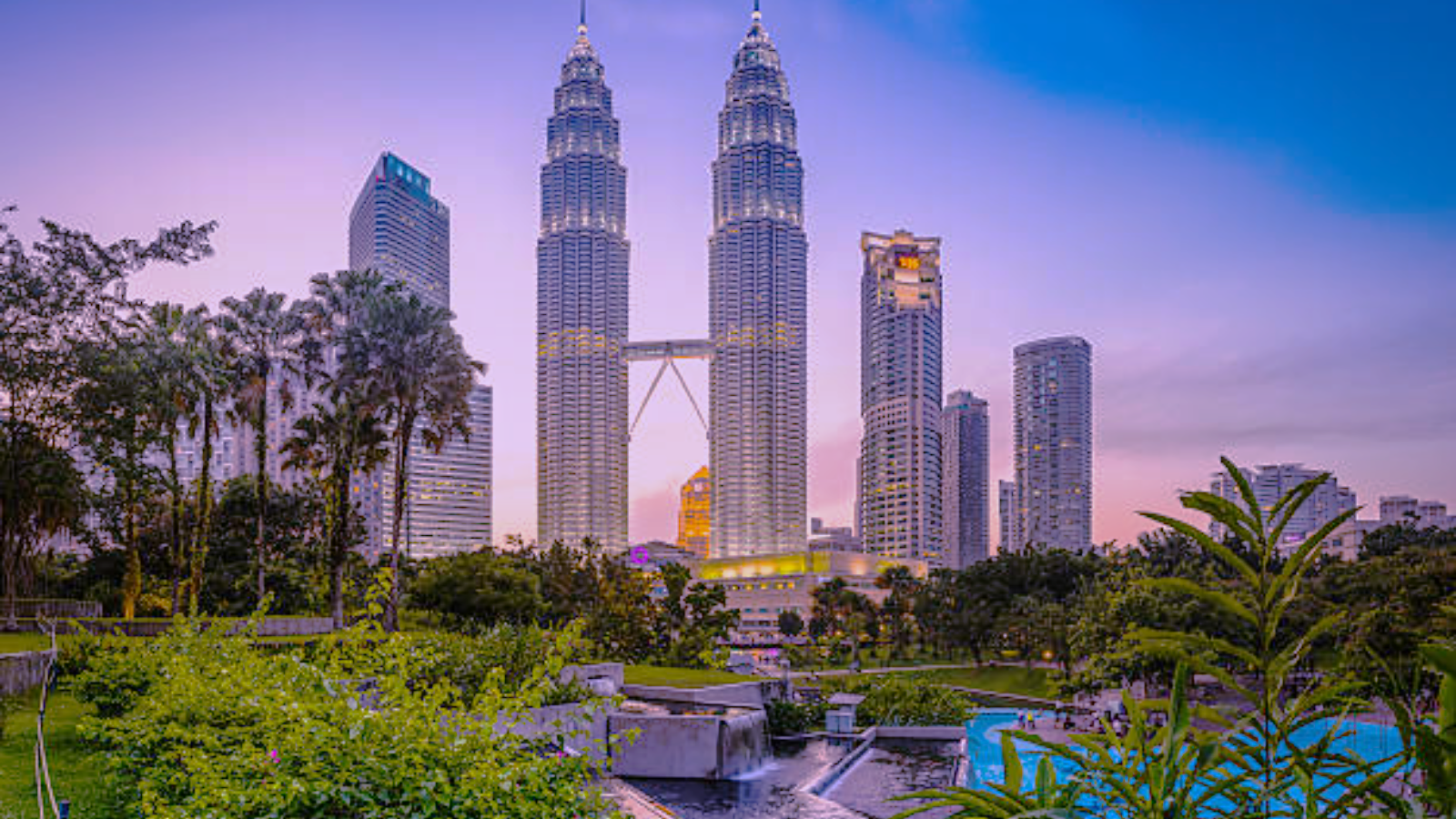EcoSmartCity
How Technology is Powering the Cities of Tomorrow

1. Our Attitude
a.
Our attitude is to educate the audience (students, planners, citizens) on how technology and sustainability are not opposing ideas—but can work together to build cities that are greener, smarter, and more livable for future generations.

b.
We use smart technologies to transform cities into sustainable, eco-friendly urban environments. As climate change and rapid urbanization continue to impact the world, cities are turning to innovative digital solutions to improve the quality of life for residents while reducing environmental harm.

2. Tagline
Our official tagline:
Where Technology Meets Sustainability
Our tagline sums up the vision of EcoSmartCity — a place where environmental sustainability and digital innovation come together to create a better life for everyone.
a.
Put our tagline front and center on marketing collateral (posters, brochures, banners and etc.) to articulate our mission statement. Also, work in the tagline throughout our social media posts and make sure it is there in our profile descriptions and tweets.

3. Case Study
a. Singapore – The Smart Nation:

The Smart Nation
-An initiative launched by Prime Minister Lee Hsien Loong on 24 November 2014. In financial year 2017, the government had set aside $2.4 billion to support the initiative, which involves the government purchasing services from technology startups rather than offering grants to support them. To support development, open data is made available at government portals such as Data.gov.sg.
lead the development of a National Digital Identity framework for online transactions between citizens and businesses, building on the current SingPass system.

b. Copenhagen, Denmark:

Copenhagen
-The capital and most populous city of Denmark, with a population of 1.4 million in the urban area. The city is situated on the islands of Zealand and Amager, separated from Malmö, Sweden, by the Øresund strait. The Øresund Bridge connects the two cities by rail and road.
Major economic and financial center of Denmark. The city's economy is based largely on services and commerce. Statistics for 2010 show that the vast majority of the 350,000 workers in Copenhagen are employed in the service sector, especially transport and communications, trade, and finance, while less than 10,000 work in the manufacturing industries.

c. Barcelona, Spain:

Barcelona
-A city on the northeastern coast of Spain. It is the capital and largest city of the autonomous community of Catalonia, as well as the second-most populous municipality of Spain.
Barcelona has a long-standing mercantile tradition. Less well known is that the city industrialized early, taking off in 1833, when Catalonia's already sophisticated textile industry began to use steam power. It became the first and most important industrial city in the Mediterranean basin. Since then, manufacturing has played a large role in its history.

4. Map & Infographics Section
5. Our Logo
a.
Our logo serves as the central symbol of our brand.
b.
EcoSmartCity
Plus, now our iconic symbol has a nice, complementary wordmark that makes them look like they were made for each other -- which in turn feeds into the increased brand equity of them both.
Find out more about our brand and our values, and learn how you can support us and make a difference in the fight against climate change. Join us today and be a part of the solution!












